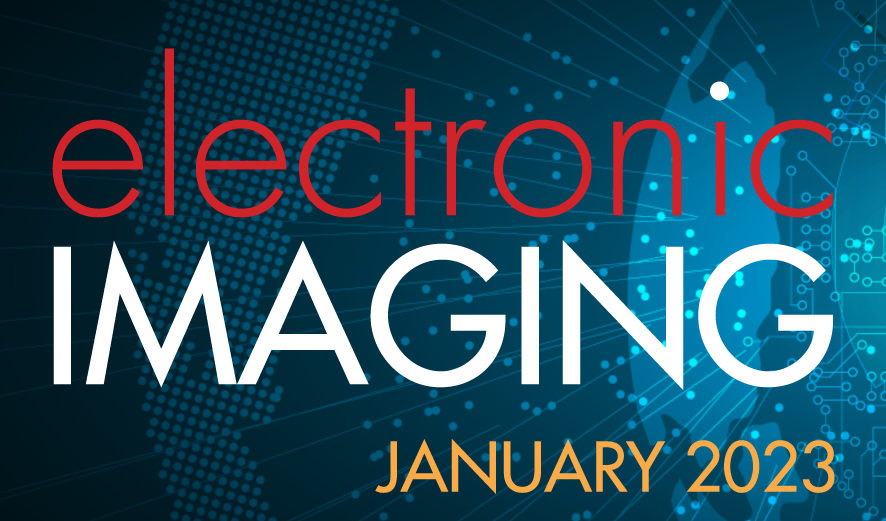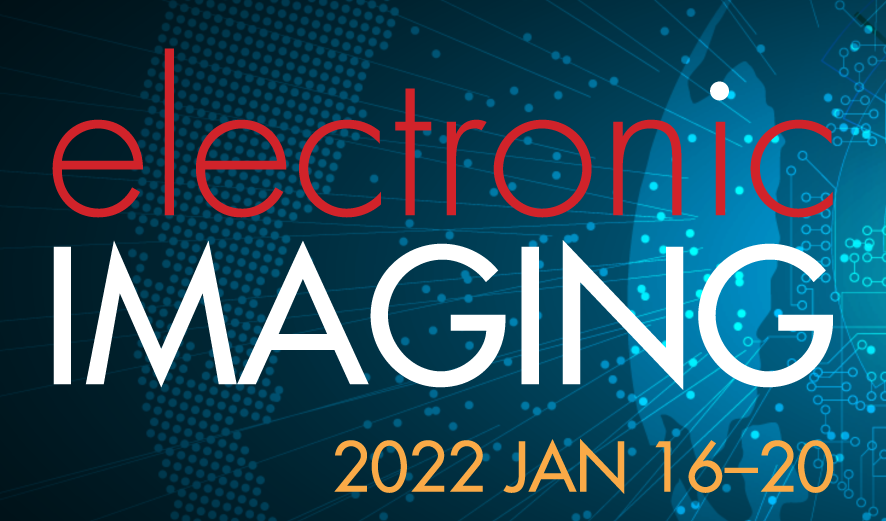
Solid state optical sensors and solid state cameras have established themselves as the imaging systems of choice for many demanding professional applications such as automotive, space, medical, scientific and industrial applications. The advantages of low-power, low-noise, high-resolution, high-geometric fidelity, broad spectral sensitivity, and extremely high quantum efficiency have led to a number of revolutionary uses. ISS focuses on image sensing for consumer, industrial, medical, and scientific applications, as well as embedded image processing, and pipeline tuning for these camera systems. This conference will serve to bring together researchers, scientists, and engineers working in these fields, and provides the opportunity for quick publication of their work. Topics can include, but are not limited to, research and applications in image sensors and detectors, camera/sensor characterization, ISP pipelines and tuning, image artifact correction and removal, image reconstruction, color calibration, image enhancement, HDR imaging, light-field imaging, multi-frame processing, computational photography, 3D imaging, 360/cinematic VR cameras, camera image quality evaluation and metrics, novel imaging applications, imaging system design, and deep learning applications in imaging.

Solid state optical sensors and solid state cameras have established themselves as the imaging systems of choice for many demanding professional applications such as automotive, space, medical, scientific and industrial applications. The advantages of low-power, low-noise, high-resolution, high-geometric fidelity, broad spectral sensitivity, and extremely high quantum efficiency have led to a number of revolutionary uses. The conference will focus on image sensing topics as listed below, bringing together researchers, scientists, and engineers working in these fields, offering the opportunity for quick publication of their work.


As a Class II medical device, whole-slide imaging (WSI) systems are emerging to succeed light microscopes used by pathologists in the past decades by digitalizing histological tissue slides into millions of pixels saved in a WSI file. Unlike the standard image file formats such as JPEG or TIFF, a WSI file usually consists of hundreds of compressed images of different magnification levels and focal planes that need to be decompressed, stitched, scaled, and colormanaged to reproduce the view demanded by the user with zooming and panning operations. Currently, most WSI files are stored in proprietary file formats, due to the lack of adopting a standard WSI file format, which hinders the development of third-party WSI viewers by making it difficult to interpret WSI files faithfully. To examine the fidelity of third-party WSI viewers, in this study, three freely available viewers, Sedeen, QuPath, and ASAP, were compared with the factory viewer, NDP, at the pixel level. A software tool was developed to register and calculate the 1976 CIE color difference for each pixel between two viewers. The average color differences were found as 1.30, 18.69, and 18.79 ΔE for Sedeen, QuPath, and ASAP, respectively.

In this paper we propose an application of high-resolution autostereoscopic display for medical purposes. To realize high resolution autostereoscopy for medical applications, we use timedivision multiplexing parallax barrier technology. Moreover, we evaluate the merit of using the autostereoscopic display we propose based on subjective experiments. From the results of the subjective experiments, we find out that 3D image is perceived to have a higher resolution compared with the 2D image.

The possible achievements of accurate and intuitive 3D image segmentation are endless. For our specific research, we aim to give doctors around the world, regardless of their computer knowledge, a virtual reality (VR) 3D image segmentation tool which allows medical professionals to better visualize their patients’ data sets, thus attaining the best understanding of their respective conditions.We implemented an intuitive virtual reality interface that can accurately display MRI and CT scans and quickly and precisely segment 3D images, offering two different segmentation algorithms. Simply put, our application must be able to fit into even the most busy and practiced physicians’ workdays while providing them with a new tool, the likes of which they have never seen before.

Clinical data about heart failure make it clear that there is a need to develop a limited echocardiogram assisted by automated functions as a screening tool to identify people who have asymptomatic left ventricular dysfunction and who can potentially benefit from proven therapies to prevent the development of symptomatic HF. Our preliminary tests show that an abbreviated version of an echo consisting of only 6 views can provide enough information for the binary screening. Six expert echo readers achieved near-perfect performance in identifying normal vs. abnormal echoes using 6 views, as compared to the diagnosis based on the full echocardiogram. The ground truth about the geometry of the heart was provided by one expert echo reader in the form of drawings and measurements. The drawings were used as a prior in a computational model that extracts the contour of the left ventricle as the shortest path in a log-polar (complex log) representation of the ventricle. This model may represent the first step in the development of an automated function for screening echocardiogram.